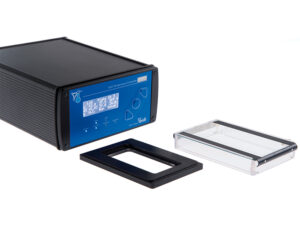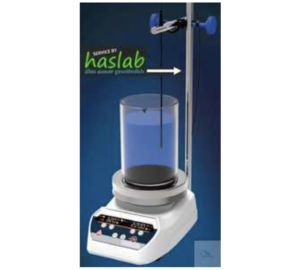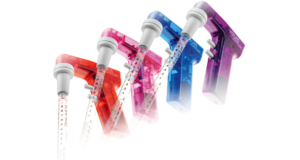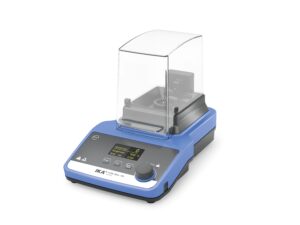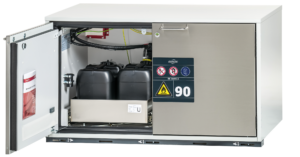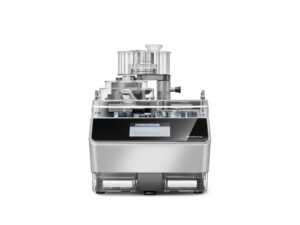Description
Macroscopy more or less covers magnification up to 10 times. It is comparable with magnifying glass magnification. The beam path of a macroscope is centric and viewing a three-dimensional optical magnification of the real image is therefore not possible. For this reason, macroscopes are mostly used…
Macroscopy more or less covers magnification up to 10 times. It is comparable with magnifying glass magnification. The beam path…
Suppliers
The following suppliers offer Microscopes - Stereomicroscope & Macroscope products.
-
Avantor – VWR International GmbH
-
Faust Laborbedarf AG
-
Huberlab AG
-
Milian SA

